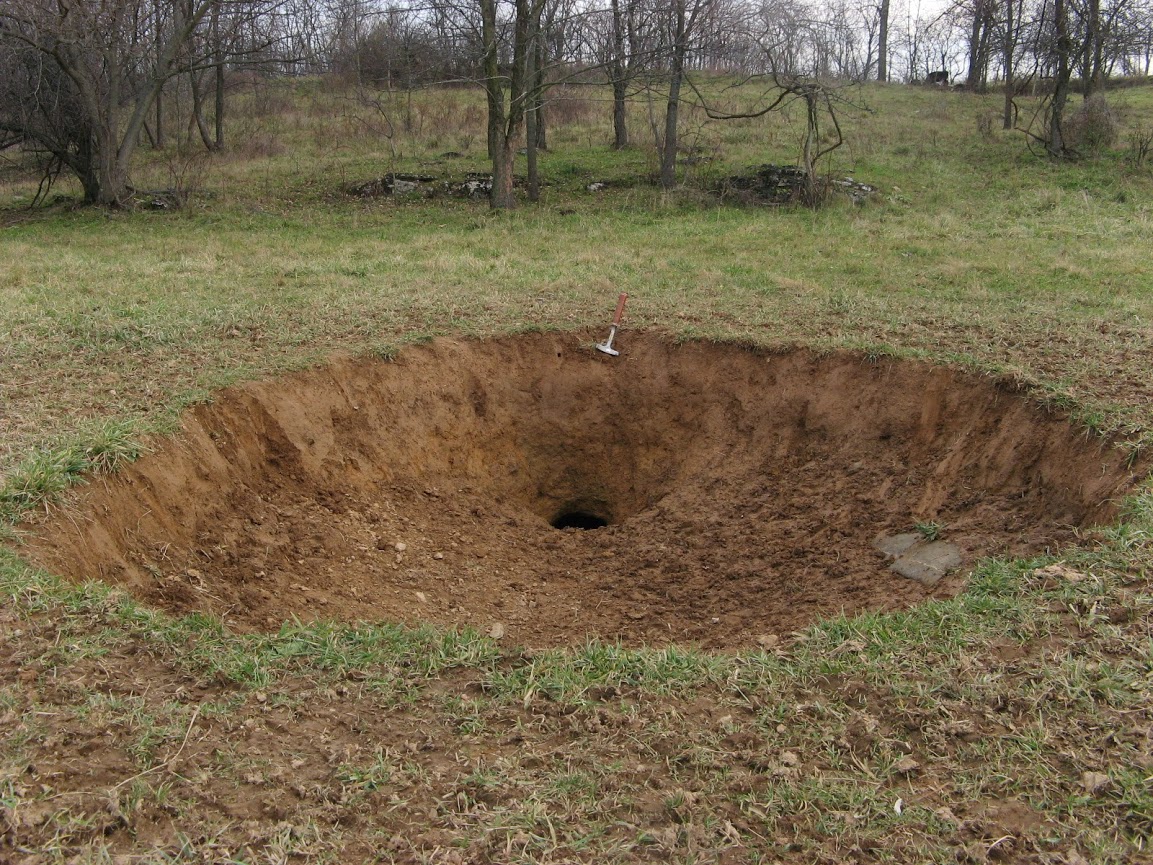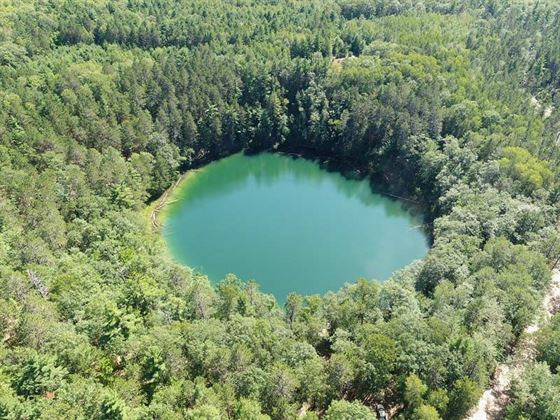Topic sinkholes in the ocean: Discover the mysterious world of ocean sinkholes, where hidden ecosystems thrive and scientific exploration unveils the secrets of underwater marvels. Dive into the depths to explore their formation, ecological significance, and conservation efforts.
Table of Content
- What are the potential impacts of sinkholes in the ocean on marine ecosystems?
- What Are Blue Holes?
- Scientific Exploration
- Conservation and Risks
- YOUTUBE: Exploring a Giant Underwater Sinkhole in Belize
- Introduction to Ocean Sinkholes
- Formation and Types of Ocean Sinkholes
- Ecological Significance of Ocean Sinkholes
- Notable Ocean Sinkholes Around the World
- Exploration and Research in Ocean Sinkholes
- Impact on Marine Life and Biodiversity
- Conservation Efforts and Protection of Ocean Sinkholes
- Challenges and Dangers of Diving in Ocean Sinkholes
- Future Directions in Ocean Sinkhole Studies
What are the potential impacts of sinkholes in the ocean on marine ecosystems?
Sinkholes in the ocean can have significant impacts on marine ecosystems. Some potential impacts include:
- **Habitat destruction:** Sinkholes can alter the physical structure of the seabed, destroying existing habitats for marine organisms.
- **Changes in water flow:** The formation of sinkholes can impact water flow patterns, affecting nutrient distribution and potentially disrupting the food chain.
- **Chemical changes:** Sinkholes may release trapped gases or chemicals into the water, leading to changes in water quality that can harm marine life.
- **Loss of biodiversity:** If sinkholes result in the loss of habitats or food sources, it can lead to a decline in biodiversity as certain species may struggle to survive.
- **Displacement of species:** Marine organisms may need to relocate due to the changes caused by sinkholes, leading to disruptions in their natural behaviors and interactions.
Overall, sinkholes in the ocean have the potential to have far-reaching consequences on marine ecosystems, highlighting the importance of studying and monitoring these phenomena to better understand and mitigate their impacts.
READ MORE:
What Are Blue Holes?
Blue holes are underwater sinkholes formed by the dissolution of carbonate rocks, creating vast caverns that can be rich in marine life. They are ecological hotspots with a high diversity of plants and animals. The chemistry of the water within blue holes is unique, often connecting with groundwater systems, which makes them significant for studying carbon cycling and marine ecosystems.
Notable Blue Holes
- The Great Blue Hole, Belize
- Dean"s Blue Hole, Bahamas
- Dragon Hole, South China Sea
:max_bytes(150000):strip_icc()/LEAD-25688ccbf0af493d8203e0c6580a9902.jpg)
Scientific Exploration
Recent explorations, like those conducted by NOAA and other scientific institutions, have dived into blue holes such as the Amberjack and Green Banana off Florida"s coast. These expeditions aim to understand the blue holes" connection to groundwater systems, their ecological impact, and the unique species that inhabit them.
Life in Blue Holes
Despite the challenging conditions, blue holes host a variety of life forms, from corals and sponges to sharks and sea turtles. They also contain unique microbial communities that thrive in low-oxygen conditions, contributing to the biodiversity and ecological significance of these underwater systems.
Conservation and Risks
While blue holes are natural wonders, they also pose risks to divers due to their depth and the potential for nitrogen narcosis. Conservation efforts are essential to protect these unique ecosystems and the marine life they support.
Future Research
The ongoing study of blue holes is crucial for understanding Earth"s geological history, marine biodiversity, and the interactions between surface water and groundwater. Future expeditions and research will continue to unveil the secrets of these enigmatic underwater worlds.

Exploring a Giant Underwater Sinkhole in Belize
Exploration: Embark on a thrilling adventure of discovery as we venture into the unknown, uncovering hidden treasures and fascinating landscapes in our latest exploration video. Join us on this journey of exploration and expand your horizons! Mystery: Dive into the intriguing world of unsolved enigmas and puzzling conundrums in our captivating mystery video. Join us as we unravel the secrets behind mysterious occurrences and delve into the depths of the unknown. Witness the thrill of solving mysteries!
What\'s at the Bottom of the Great Blue Hole
The Great Blue Hole is a massive underwater sinkhole off the coast of Belize. In the winter of 2018, a submarine crew from ...
Introduction to Ocean Sinkholes
Ocean sinkholes, also known as blue holes, are fascinating underwater phenomena formed on carbonate platforms such as the Bahama Banks and the Yucatán Peninsula. These large marine caverns or sinkholes, which are open to the surface, develop in a bank or island composed of a carbonate bedrock like limestone or coral reef. Blue holes are known for their significant depth and unique ecological environments, contributing to their allure for scientists and adventurers alike.
The formation of blue holes is attributed to karst processes, where naturally acidic rainwater dissolves the limestone, creating these vast underwater caverns. This process can result in sinkholes with diverse biological communities, making them ecological hotspots rich in marine life, including corals, sponges, mollusks, sea turtles, and sharks. The unique water chemistry within these holes, influenced by interactions between seawater and groundwater, adds to their scientific intrigue.
Explorations into blue holes have revealed a wealth of information about marine life, the composition of water and sediments, and even historical climate data, thanks to the anoxic conditions at the bottom of these sinkholes that preserve fossils and other materials for thousands of years. Despite their beauty and the knowledge they hold, blue holes pose significant risks to divers due to challenges such as nitrogen narcosis, which can disorient and endanger individuals at depths below 20 meters.
Among the notable blue holes explored are the Great Blue Hole in Belize, Dean"s Blue Hole in the Bahamas, and the Dragon Hole in the South China Sea, each offering unique insights into the past and present conditions of Earth"s marine environments.
Formation and Types of Ocean Sinkholes
Ocean sinkholes, also known as blue holes, form through natural processes involving the dissolution of bedrock, typically limestone, by water. This process creates cavities and voids beneath the surface, leading to the eventual collapse of the land above into these voids, forming sinkholes. Factors such as rainfall, acidic water reacting with decaying vegetation, and changes in the water table contribute to this dissolution process. Notably, ocean sinkholes are found in areas with carbonate rock formations and can extend deep into the ocean, revealing submerged passages and sometimes visible connections to caves below.
- Dissolution Sinkholes: Form on the surface where water first contacts the rock, expanding through the limestone and creating depressions that can lead to collapse.
- Cover-Subsidence Sinkholes: Develop gradually when overlying sediments are permeable and contain sand, leading to the slow settling of material into voids.
- Cover-Collapse Sinkholes: Can occur suddenly and are often catastrophic, forming where cover sediments contain significant amounts of clay.
Examples of notable ocean sinkholes include the Great Blue Hole of Belize, Dean’s Blue Hole in The Bahamas, and the Dragon Hole in the South China Sea, each offering unique insights into marine life and the composition of underwater ecosystems. These blue holes are vital for marine biodiversity, supporting a wide range of flora and fauna, despite some being anoxic environments with limited oxygen.
Ocean sinkholes were first discovered by fishermen and divers towards the end of the 20th century and have since attracted significant interest for exploration and study, revealing important information about the Earth’s geological and hydrological processes.

Ecological Significance of Ocean Sinkholes
Ocean sinkholes, known as blue holes, are not only geological wonders but also ecological hotspots that play a crucial role in the marine environment. These underwater caverns and sinkholes, formed from karst (calcium carbonate rock) features, host a high diversity of plants and animals, making them vibrant ecosystems. Blue holes are unique in their ecological communities, full of marine life such as corals, sponges, mollusks, sea turtles, and sharks. Their seawater chemistry, distinct from the surrounding ocean waters, potentially interacts with groundwater and aquifer layers, contributing significantly to the carbon cycling between the ocean"s surface and its depths.
- Blue holes serve as oases on the otherwise barren seafloor, supporting diverse biological communities and acting as critical habitats for various marine species.
- The exploration of these sinkholes has led to discoveries about nutrient fluxes, suggesting that nutrients rise from the blue holes, fueling primary production and supporting a cascade of marine life above and around them.
- Studies conducted in blue holes like the Amberjack Hole and Green Banana have revealed significant amounts of dissolved inorganic carbon in their waters and sediments, indicating their role in the global carbon cycle.
- The ecological significance of the ocean at large extends to climate regulation, as the ocean covers 70 percent of the Earth"s surface and transports heat from the equator to the poles. This vast body of water also supports economic activities, recreation, food production, and medicine development, emphasizing the integral role the ocean plays in sustaining life on Earth and the importance of conserving its unique ecosystems, including ocean sinkholes.
Understanding and preserving these unique marine environments is essential for maintaining biodiversity, ensuring healthy marine ecosystems, and supporting the global carbon cycle. Through continued exploration and research, we can uncover more about these mysterious blue holes and their contributions to oceanic and global ecological processes.
Notable Ocean Sinkholes Around the World
Ocean sinkholes, marvels of the marine world, are scattered across the globe, each with its unique allure and ecological significance. These natural underwater caverns, also known as blue holes, offer a window into the Earth"s geological past and present a unique ecosystem teeming with marine life. Here, we explore some of the most famous ocean sinkholes, celebrated for their beauty, depth, and the mysteries they hold beneath the waves.
- The Great Blue Hole, Belize: An iconic underwater sinkhole off the coast of Belize, renowned for its stunning clarity and depth. It invites divers to explore its submerged stalactites and diverse marine life.
- Dean’s Blue Hole, Bahamas: Located on Long Island, it plunges more than 200 meters into the ocean"s depths, making it a hotspot for freediving enthusiasts and underwater adventurers.
- Dragon Hole, South China Sea: Known as the world"s deepest underwater sinkhole, it reaches depths of about 987 feet and is often referred to as the "eye" of the South China Sea.
- Red Sea Blue Hole, Sinai Peninsula: Despite its allure, it"s infamously dubbed the "Diver"s Cemetery" due to the challenging conditions and the numerous divers" lives it has claimed.
These sinkholes not only captivate divers and scientists but also play crucial roles in marine biodiversity, acting as unique habitats for a variety of marine species. Their exploration continues to reveal important data about the planet"s geological activity and the history of sea levels, offering invaluable insights into both the past and future of our oceanic world.
Exploration and Research in Ocean Sinkholes
Exploration and research in ocean sinkholes, or blue holes, have unveiled some of the most fascinating aspects of marine science, offering unique insights into underwater ecosystems and geological formations. Teams from institutions like Mote Marine Laboratory, Florida Atlantic University, Georgia Institute of Technology, and the U.S. Geological Society, supported by NOAA"s Office of Ocean Exploration and Research, have undertaken detailed investigations into these enigmatic underwater features.
One of the most notable explorations was of the "Amberjack Hole," located about 30 miles offshore west of Sarasota, and the "Green Banana," a deeper site explored in subsequent missions. These investigations deployed advanced technology such as benthic landers, equipped with a multitude of scientific instruments to measure carbon, nutrients, and microbial life within the sinkholes. These missions aimed to understand the complex interactions between marine life and the chemical properties of the water and sediments in these sinkholes.
- Researchers focused on documenting the rich biodiversity around the rim of the holes and analyzing the unique seawater chemistry, which often interacts with groundwater and possibly aquifer layers, shedding light on the carbon cycling between surface and groundwater.
- The exploration revealed significant amounts of dissolved inorganic carbon in the water and sediment, suggesting these sinkholes support a diverse array of life, including microbes that play a crucial role in the global carbon cycle.
- Findings also included evidence of nutrient flux from the sinkholes, indicating they could be sources of nutrients for surrounding marine ecosystems and possibly affecting primary production in the area.
These missions underscore the importance of blue holes in understanding marine and geological processes, highlighting the need for further exploration and research to uncover the mysteries still hidden beneath the ocean"s surface.
Impact on Marine Life and Biodiversity
Ocean sinkholes, also known as blue holes, play a crucial role in the marine ecosystem, affecting marine life and biodiversity in unique and significant ways. These underwater caverns and sinkholes are hotspots for biodiversity, offering a refuge for a variety of marine species, some of which are rare or endangered. The unique conditions within these sinkholes, such as cooler temperatures and distinct chemical compositions, create environments that support species not found anywhere else.
- Shelter and Habitat: Sinkholes provide shelter and habitats for marine life, including fish, invertebrates, and microorganisms. The intricate structures of these formations offer protection from predators and strong ocean currents, allowing species to thrive.
- Nursery Grounds: Many ocean sinkholes serve as important nursery grounds for juvenile marine species. The protected environment allows young organisms to grow and develop away from the threats of the open ocean.
- Biodiversity Hotspots: The unique ecological conditions of ocean sinkholes support a high level of biodiversity. These areas can be home to a wide array of species, including some that are endemic or have adapted specifically to the conditions within the sinkhole.
- Genetic Diversity: The isolation of populations within sinkholes can lead to genetic diversity, with species evolving differently from their counterparts in the open ocean. This diversity is crucial for the resilience of marine ecosystems to environmental changes and threats.
- Research and Conservation: Ocean sinkholes are valuable sites for scientific research, offering insights into marine biology, geology, and the history of the Earth"s climate. They also highlight the importance of conservation efforts to protect these unique ecosystems and the biodiversity they support.
Conservation of ocean sinkholes is vital for maintaining marine biodiversity and the health of the oceans. Efforts to protect these environments from pollution, overfishing, and other human impacts are essential for preserving their role as sanctuaries for marine life and as natural laboratories for scientific research and discovery.

Conservation Efforts and Protection of Ocean Sinkholes
Conservation efforts for ocean sinkholes, also known as blue holes, are crucial in protecting these unique marine environments and their biodiversity. These efforts are multifaceted, aiming to safeguard the ecosystems within sinkholes from human impact, pollution, and climate change. Key strategies include the establishment of marine protected areas, research and monitoring programs, and community engagement and education initiatives.
- Marine Protected Areas (MPAs): Designating ocean sinkholes and their surrounding waters as MPAs is a primary strategy for conservation. These protected statuses limit human activities such as fishing, diving, and industrial development, helping to preserve the natural habitat and marine life.
- Research and Monitoring: Scientific research and ongoing monitoring are essential for understanding the ecological dynamics of ocean sinkholes. This includes studying their formation, the species they host, and how these ecosystems change over time. Data collected supports conservation policies and management practices.
- Community Engagement: Engaging local communities in the conservation of ocean sinkholes is vital. Education about the importance of these ecosystems and their role in the broader marine environment encourages sustainable tourism and reduces local impacts.
- Global Initiatives: International cooperation and initiatives, such as the global goal to protect 30% of the planet"s oceans by 2030, are important for the conservation of ocean sinkholes. These efforts aim to establish a network of protected areas that include critical habitats like blue holes.
- Climate Change Mitigation: Addressing the broader issue of climate change is crucial for the protection of ocean sinkholes. Efforts to reduce carbon emissions and increase the resilience of marine ecosystems are essential components of conservation strategies.
Through these combined efforts, conservationists aim to protect ocean sinkholes, ensuring they continue to serve as vital habitats for marine biodiversity and as natural wonders for future generations to study and enjoy.
Challenges and Dangers of Diving in Ocean Sinkholes
Diving into ocean sinkholes, also referred to as blue holes, presents unique challenges and dangers due to their distinct environmental conditions and the technical demands they place on divers. Understanding and preparing for these challenges is crucial for ensuring diver safety and preserving the delicate ecosystems within these underwater formations.
- Technical Skill Requirements: Diving in ocean sinkholes often requires advanced diving skills, including technical diving qualifications for deep dives, cave diving, or diving with mixed gases. The complex navigation and potential for tight spaces demand precise buoyancy control and spatial awareness.
- Variable Visibility: Visibility within sinkholes can dramatically change, affected by factors like sediment disturbance. Divers must be prepared to navigate in low-visibility conditions, which can disorient even experienced divers.
- Water Conditions: Ocean sinkholes can have layers of water with varying salinity and temperature, known as haloclines and thermoclines, which can disorient divers and affect buoyancy. Sudden changes in water temperature can also be challenging to manage physically.
- Equipment Failure: The remote locations and depth of many ocean sinkholes increase the risks associated with equipment failure. Divers must carry redundant gear and be proficient in handling potential equipment issues underwater.
- Decompression Sickness: The depth and duration of dives in ocean sinkholes increase the risk of decompression sickness. Divers must carefully plan their dives, adhere to conservative dive profiles, and manage their ascent times and safety stops.
- Impact on Ecosystems: The fragile ecosystems within ocean sinkholes can be easily disrupted. Divers must follow strict guidelines to minimize their impact, such as not touching or removing marine life and avoiding sediment disturbance.
Education, preparation, and respect for the environment are key to safely exploring ocean sinkholes. Divers are encouraged to undergo specialized training and dive with experienced guides to navigate the challenges and dangers of these unique underwater landscapes.
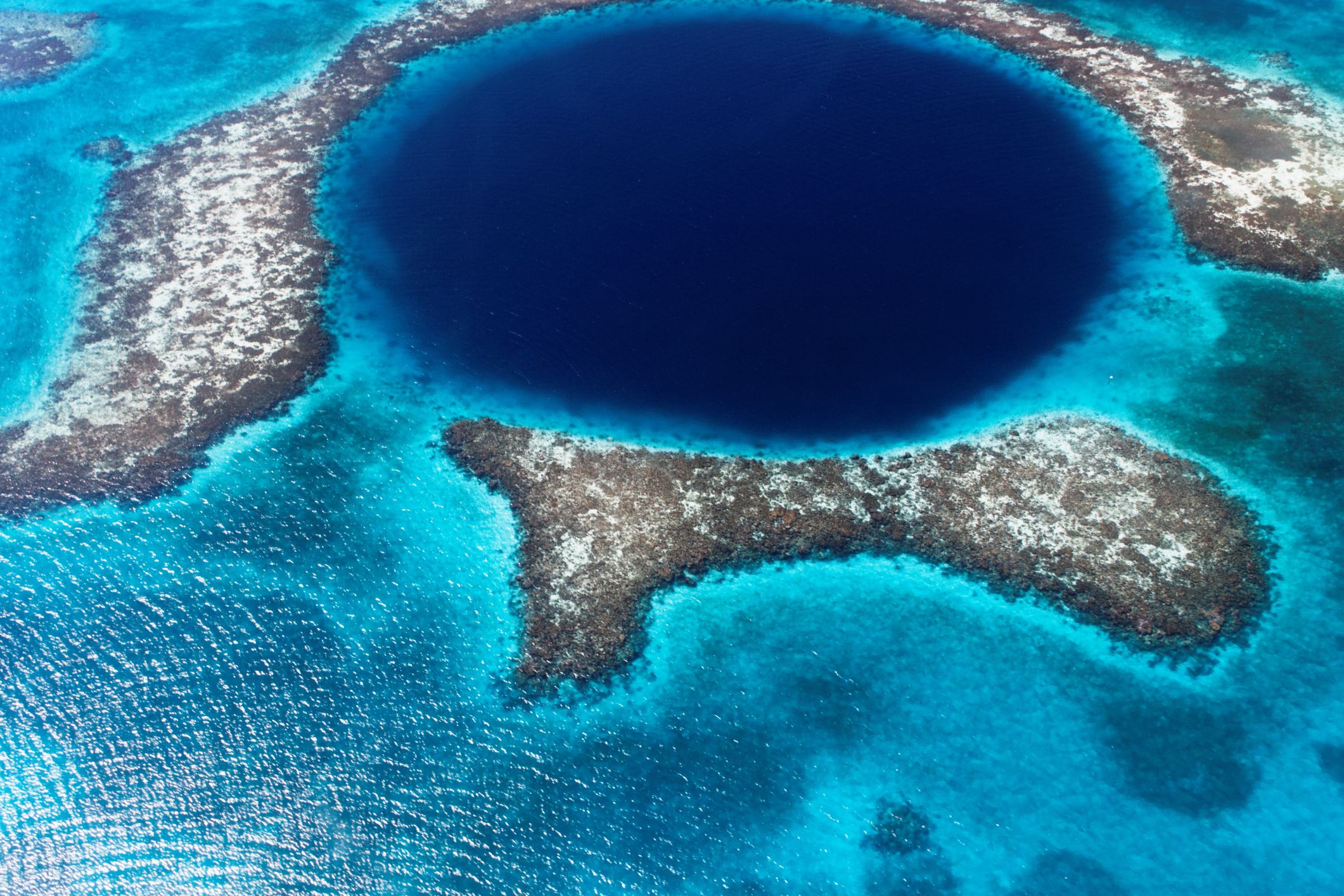
READ MORE:
Future Directions in Ocean Sinkhole Studies
The exploration and study of ocean sinkholes, or blue holes, are advancing into exciting new territories, driven by technological innovations and a deeper understanding of their ecological significance. Future research directions are poised to unravel more about these mysterious underwater features, their formation, biodiversity, and impact on global marine ecosystems.
- Advanced Technology and Remote Sensing: The application of cutting-edge technologies such as autonomous underwater vehicles (AUVs), remote sensing, and 3D mapping techniques will enhance the exploration of inaccessible or unknown sinkholes, providing detailed data on their structure and biodiversity.
- Climate Change Impact Studies: Researchers aim to investigate how climate change affects ocean sinkholes, including changes in water chemistry, temperature, and sea levels, and the subsequent impact on marine life and sinkhole stability.
- Microbial and Chemical Processes: Further studies will focus on the unique microbial communities and chemical processes occurring within sinkholes, contributing to our understanding of carbon cycling, biogeochemistry, and potential pharmaceutical discoveries.
- Biodiversity and Endemism: With their unique environments, ocean sinkholes are hotspots for endemic species. Future research will aim to catalog these species, understand their evolutionary adaptations, and assess their vulnerability to external threats.
- Conservation and Management Strategies: Developing effective conservation and management strategies for ocean sinkholes is crucial. This includes establishing marine protected areas, promoting sustainable tourism, and engaging local communities in conservation efforts.
- Public Awareness and Education: Increasing public awareness about the importance of ocean sinkholes through educational programs and citizen science projects will be key to their preservation and the promotion of marine conservation more broadly.
The future of ocean sinkhole studies promises not only to expand our knowledge of the marine world but also to contribute significantly to the conservation of marine biodiversity and the fight against climate change. By embracing interdisciplinary approaches and international collaboration, researchers will continue to uncover the secrets of these fascinating underwater landscapes.
Discover the fascinating world of ocean sinkholes, where each dive uncovers mysteries of marine life, geological wonders, and the urgent need for conservation to protect these unique underwater treasures for future generations.


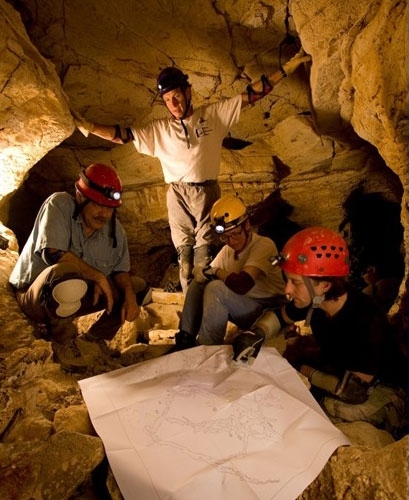
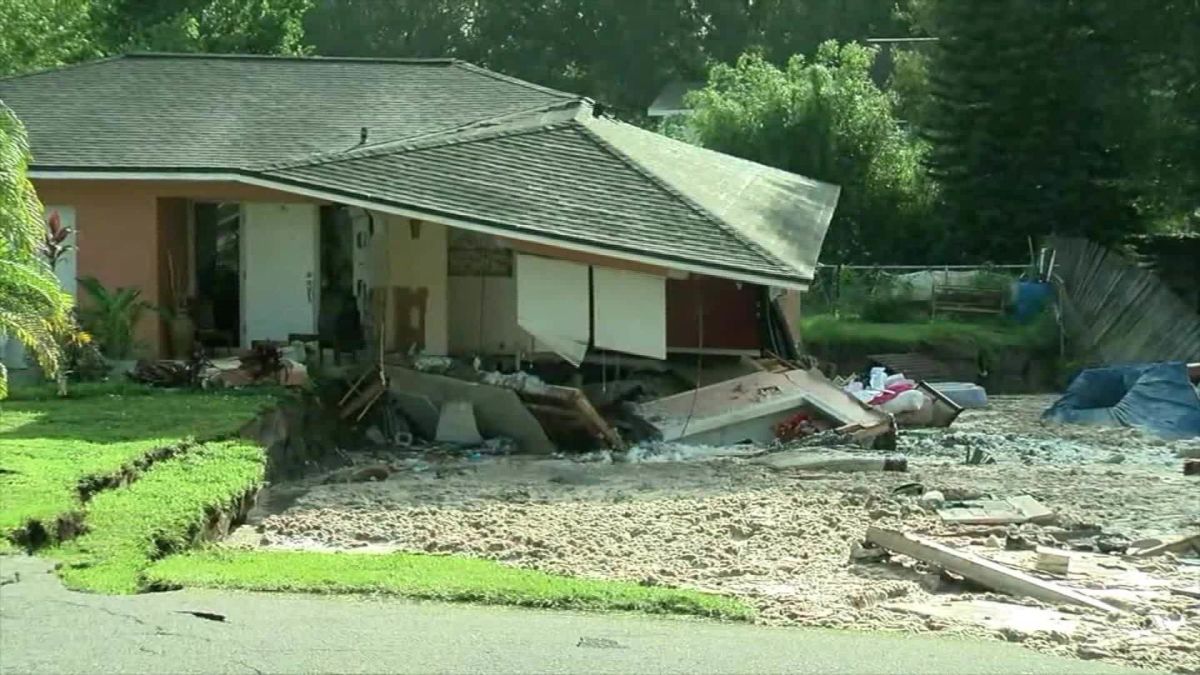
:max_bytes(150000):strip_icc()/__opt__aboutcom__coeus__resources__content_migration__mnn__images__2019__03__CenoteIkKilStairwellSwimmingHole-d99e791c5c2242f680c5b143c04fd056.jpg)

